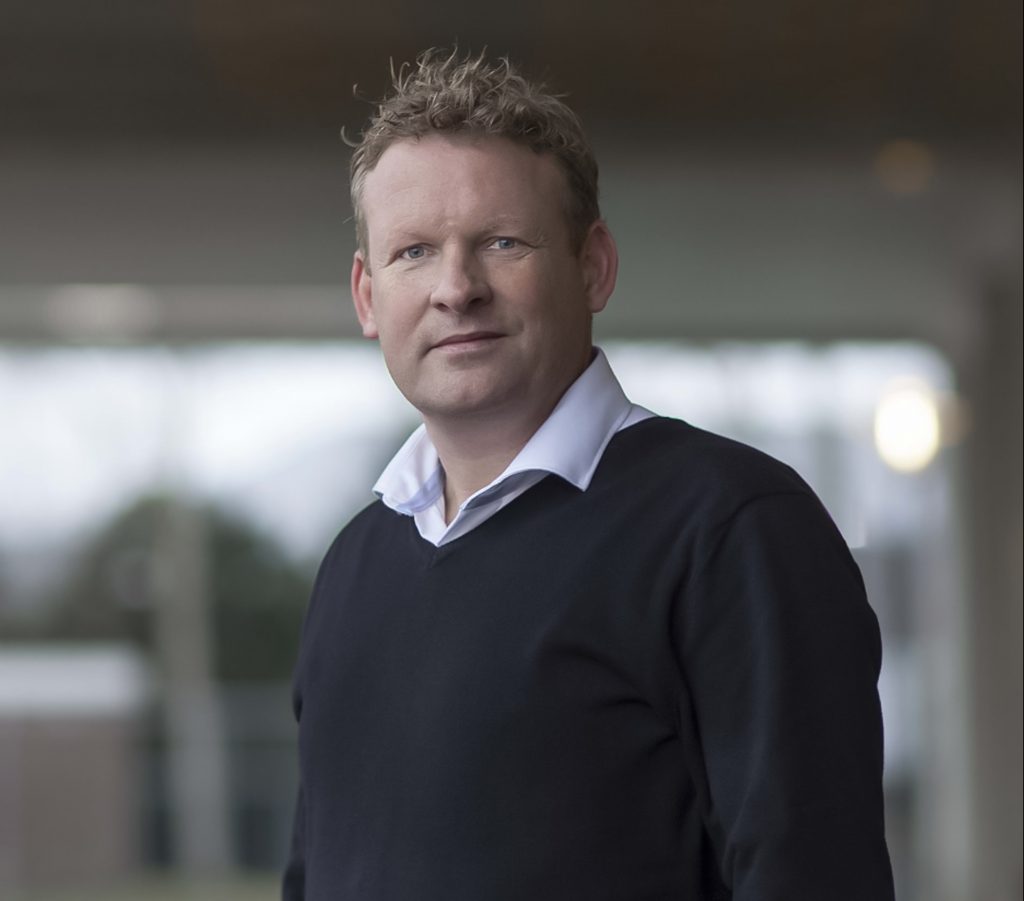“I am a molecular biologist who worked on various model organisms (C. elegans, zebrafish, rat) before ending up in the human genetics area. Currently, I split my working life between my research group at the UMC Utrecht and my scientific director position at the Hartwig Medical Foundation in Amsterdam. HMF is a not-for-profit organisation that pursues improving personalized cancer patient care by systematic genomics analyses.
My research has always been a combination between technology development and biology, where the first pushes the boundaries to allow for scientific discovery in the latter domain. It is very exciting to see that it only took 15 years from the first human genome becoming available (in 2001) to the routine sequencing of hundreds of human genomes per week, which is currently done at the HMF facilities and where results are already used for the benefit of individual patients.”
Hypothesis-free-analyses
“In human genetics, approaches have moved from targeted analyses to hypothesis-free genome-wide analyses thanks to developments of Next Generation Sequencing (NGS) technology. This means that very large amounts of genetic data are created that need analysis and interpretation. My group has a track-record in a broad range of experimental NGS techniques and bioinformatic NGS data analyses. We are also pursuing efforts to integrate genomics data with other -omics data, like proteomics. This, of course, in close collaboration with the Heck group.”
Chromothripsis
“Thanks to our expertise in detecting structural variation (SV), we discovered an extreme form of de novo SVs in the germline called chromothripsis. The exact mechanism of this remains to be discovered, but the hallmarks are that one or more chromosome are shattered in multiple pieces, followed by apparently random religation of the resulting fragments. We found that chromothripsis, which was only recently discovered to occur in many types of tumors, also happens in the germline, primarily affects paternal DNA and contributes to congenital disease. We are now using various other NGS-based techniques like RNA-seq, ATAC-seq, ChIP-seq and 4C-seq in an integrated approach to dissect the underlying pathogenic mechanisms in individual patients and to get a deeper understanding of the molecular processes that can be affected by structural variation in general.”
Bioinformatics spin-offs
Edwin is a member of UBC’s Scientific Advisory Board and an early participant and driver of the UBC community. Why? “Bioinformatics is everywhere in Life Sciences. At an early stage, bioinformatics researchers in Utrecht realised that concerted efforts were required to deal with the rapid developments in the bioinformatics field. We started with education and evolved towards joint seminars, shared infrastructure and tools, and research collaborations. Of course, my group actively participates in these activities and is coordinating several bioinformatics courses. Today, experiments generate more data than before, and there are enormous amounts of public data available that may be relevant to your research. Mining and integration of such information typically requires bioinformatic expertise, for genomics in particular. DNA (and RNA) forms the basis of life, so when studying any type of biology, there are always genetic aspects. Current technology, a combination of DNA sequencing and bioinformatic analyses, but also experimental techniques like gene-editing (e.g. crispr/cas), allow for unprecedented research opportunities. To maximize broad access to both experimental and bioinformatic expertise and capacity for the Utrecht research community, two spin-offs from my group were established in the form of research infrastructure facilities. The Utrecht Sequencing Facility and the Utrecht Bioinformatics Expertise Core were made possible through financial support of the Utrecht University, UMC Utrecht and the Center for Molecular Medicine, and are now supporting many research groups around the campus, while building heavily on the foundations of the UBC.”
Concerted efforts for ultimate solutions
“The ultimate progress would be when we could safely analyse genomics datasets worldwide without exactly knowing where the data is and without the need to transfer data files. We are not there yet, although I do believe IT and bioinformatics solutions could technically provide such solution; legal constraints, privacy issues and the fear that open science may hamper individual careers, are withholding their rapid implementation and adaptation. I believe UBC can play an important guiding role in the required transformation.”
Future bioinformaticians should …?
… always think further than their own research question. Make your tools and data publicly available, but also make efficient use of publicly available tools, resources, and knowledge. Also keep your eyes open for cloud-based solutions and contribute to them. Data sources will keep growing exponentially, and dealing with that will require efficient distributed approaches rather than in-house solutions.
(Photography: Ed van Rijswijk)

